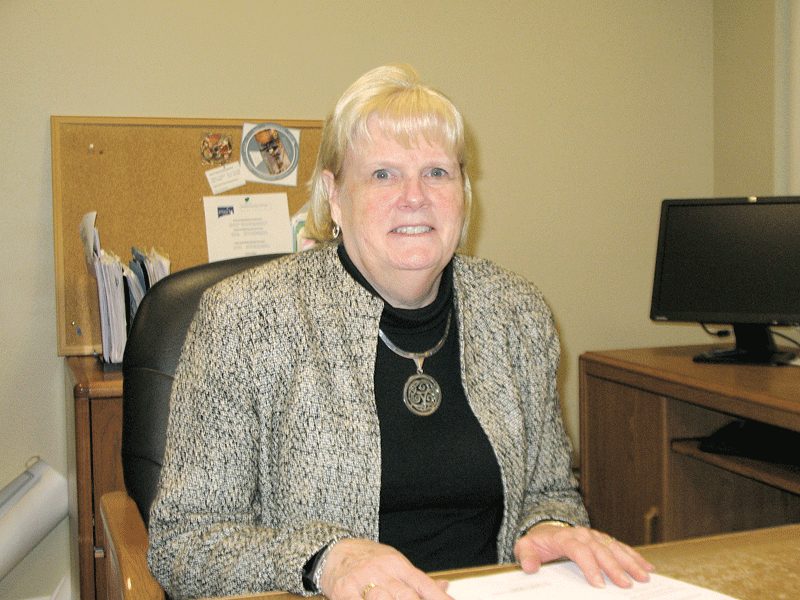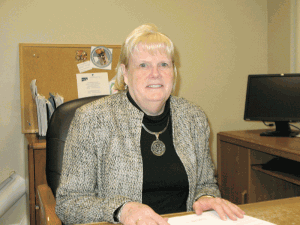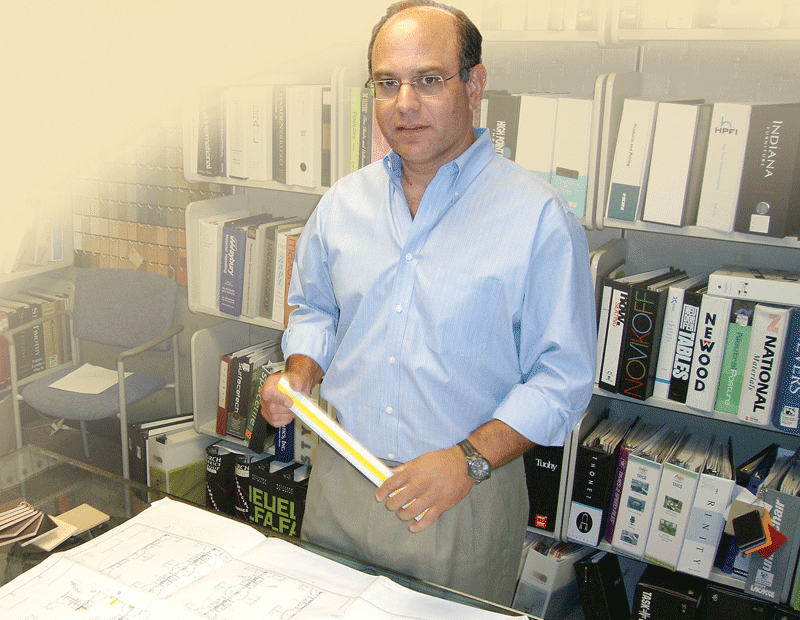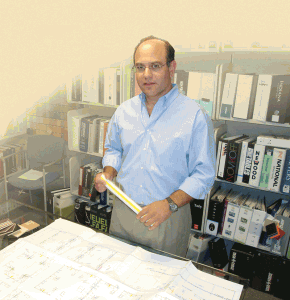The Shape of Things to Come
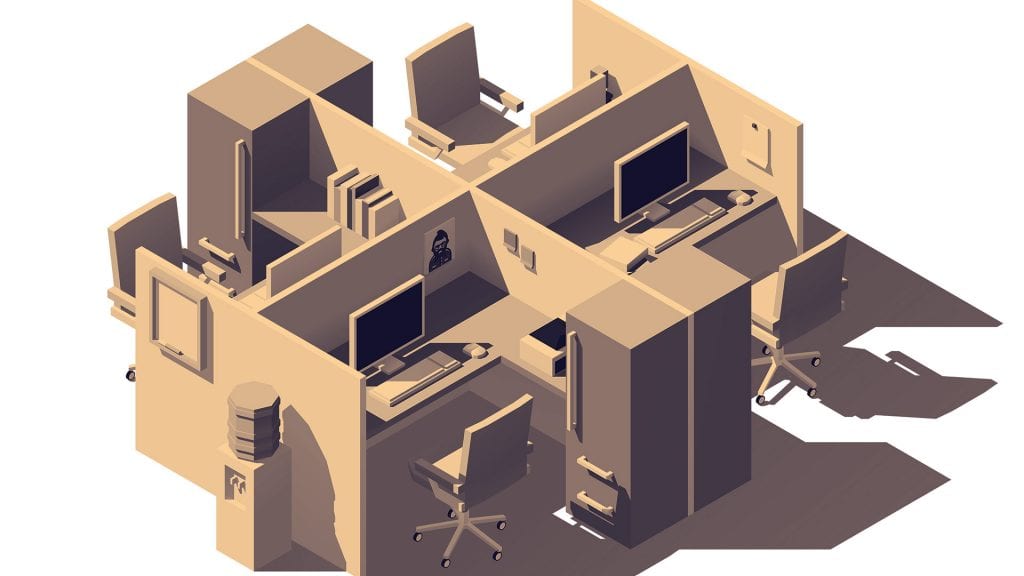 Mark Proshan says predicting what’s coming next in his business — office furniture and design — has always been a difficult assignment.
Mark Proshan says predicting what’s coming next in his business — office furniture and design — has always been a difficult assignment.
But now … it’s even more of a complicated guessing game.
Indeed, in a sector where the landscape can change quickly and profoundly, and for a number of reasons — from a declining economy to changing tastes — the pandemic has produced an even greater sense of uncertainty about what lies around the bend, said Proshan, president of West Springfield-based Lexington Group.
“For the first time ever, I don’t even pretend to be smart enough to see what’s coming down the road,” he told BusinessWest, noting that this applies to both the short and long term. “We don’t know when bigger places of business will open back up, what their attitude is going to be toward spending money, and what things will look like down the road.”
Tyler Arnold, a principal with Holyoke-based Conklin Office, who spoke with BusinessWest from the company’s office in Northern New Jersey, agreed. He noted there are many variables that will affect decision making at individual companies when it comes to if and when employees return to work, how many return, and how much space they’ll take up when they do return.
“The number-one priority for people right now is to bring back fewer people, spread things out … and then see what happens,” he explained. “They might look at their footprint and say ‘we’ve got 1,000 employees, and we’re occupying 100,000 square feet.’ They may decide to only bring back 500 employees — but does that mean they need 50,000 square feet or 75,000 square feet? I think there will be a lot of that going on.”
But there are some things that are known. It seems certain that the collaborative, open spaces that companies have developed over the past several years will change — perhaps significantly.
Arnold said the old 10-by-10 private offices that dominated the business landscape years ago and are still favored by some banks and law firms won’t make an immediate comeback — they’re very expensive and still somewhat impractical. But there will certainly be a move to create more privacy and shield employees from one another and the public.
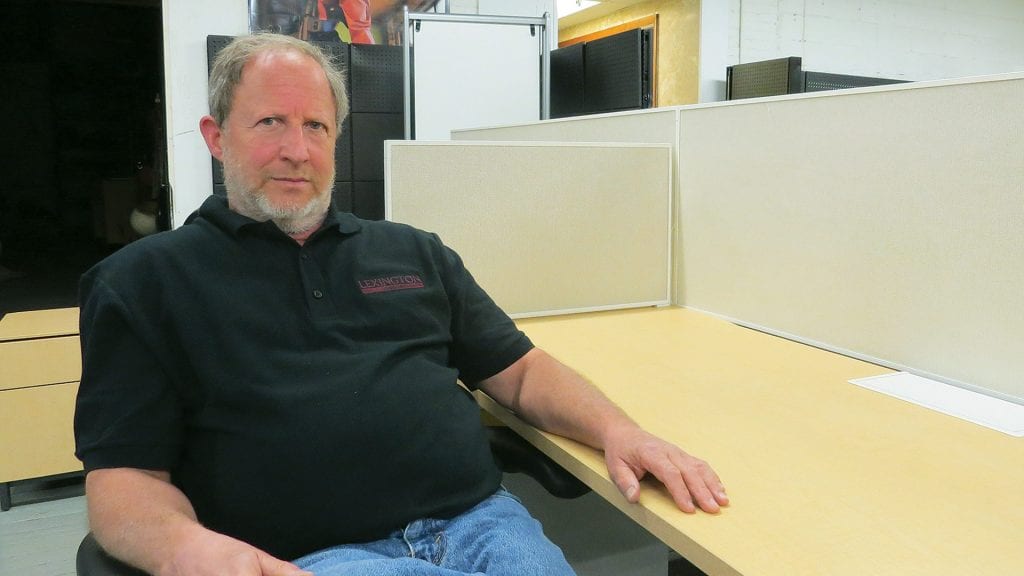
Mark Proshan sits at benching sporting a higher divider than models popular just a few months ago. He says these units are among the items now in demand as businesses work to increase privacy in the workplace.
This has been made apparent by the number of calls both companies are taking from business owners and managers looking to adjust their spaces for a pandemic.
That’s especially true in New York City, said Arnold, where many financial-services companies and corporate headquarters had moved to benching to place as many people in as small an area as possible. Now, many of those benches are being outfitted with dividers, or higher dividers, as the case may be.
“Right now, the immediate demand is for adding privacy screens, be that acrylic material or fabric,” Arnold told BusinessWest. “So much that has been built out over the past 10 years has an open plan, open feel to it. What’s the easiest, quickest, least costly way to give people a sense of detachment from the person sitting next to them? It’s some kind of privacy screen.”
“A lot of people are continuing to stay home, and I’m not sure if that will continue to be the case.”
Proshan agreed. “We do have inquiries from people as to how to modify their spaces to make them more private, making walls higher, making plexiglass partitions and glass partitions, where possible,” he noted. “Meanwhile, a lot of people are continuing to stay home, and I’m not sure if that will continue to be the case. If it is the case, the need for higher-end furniture will likely not go hand in hand with staying at home; it may well be the Staples of the world and the Costcos of the world that will be selling those items because people might be paying for it out of their own pocket.”
As for companies bringing people back, the plan of action for many companies is not to put anyone immediately next to or across from someone else, even if there is a screen, said Arnold, adding that many businesses are ramping up slowly and in waves. How big the waves will get remains to seen.
Actually, that’s just one of many things that remain to be seen, as we’ll see as BusinessWest talks with these experts about how the pandemic might reshape the modern office as we know it.
Space Exploration
As he talked with BusinessWest about the physical changes that will come to the modern office in the wake of COVID-19, Proshan said it would probably be easier to do a little show and tell.
With that, he walked to the front lobby of the company’s spacious headquarters on Union Street. There, two workstations are outfitted with what would have to be called pandemic-era features.
Before discussing them, though, Proshan reached for his phone and scrolled to images of what used to be there, because this is where the discussion had to start (see photos, page 24). Before, there were fairly low structures that were wide open. They’ve been replaced by units of similar height topped by plexiglass panels on two sides, with narrow openings in front to keep those behind them safe.
“This is the kind of thing we’ll be seeing — this is the direction we’re going in,” said Proshan, adding that, for the foreseeable future, the focus will be on privacy and keeping people safe. Collaboration? Well, not so much.
Tyler Arnold
“People will see where the economy goes; they’ll want to see how it comes back before they make any big decisions.”
At least not as much face-to-face collaboration, he went on, as he took BusinessWest on a walk to the showroom, where he sat down at benching that sports those higher walls that can’t be seen over and are designed with privacy and protection in mind.
While orders for such products come in, the larger questions looming over the industry concern the longer term. But while contemplating the future, those we spoke with are also coping with the present, which is challenging on many levels.
Indeed, Proshan said a number of projects that were in the pipeline have been paused as companies and institutions try to absorb what has happened and what it all means moving forward. He mentioned a $1.2 million library project at one of the area colleges and several other initiatives that have been put on hold because the plans that were blueprinted months ago may no longer be viable in the COVID-19 world.
“When you think about what may change when people go into a public space like that, you can certainly understand how and why these institutions might want to pause,” he said. “We have lots of repurchased and paid-for inventory that, because the colleges and universities are shut down, we can’t even get in to deliver this product.
“And the policy for a lot of these places is that they can’t pay for product until it’s delivered and installed,” he went on. “But, unfortunately, my manufacturers insist on getting paid once the product is received by me — so you can see the dilemma when you’re talking about a large volume of merchandise.”
There are other challenges to contend with as well, such as reopening their own offices, which were ‘essential’ in some cases — Lexington earned that designation in West Springfield because it delivers to healthcare providers — and also dealing with various employment issues, and trying to serve customers in remote fashion, a somewhat difficult task when many consumers like to see, touch, and kick the tires on the products they’re contemplating.
Arnold, like Proshan, said the phones essentially stopped ringing during the month of March. Then commenced a period of speculation and webinars about when offices would reopen and how. And then, things got busy again as companies started gathering information and proposals for those protective shields and dividers for benches, with a decent percentage of those proposals turning into orders.
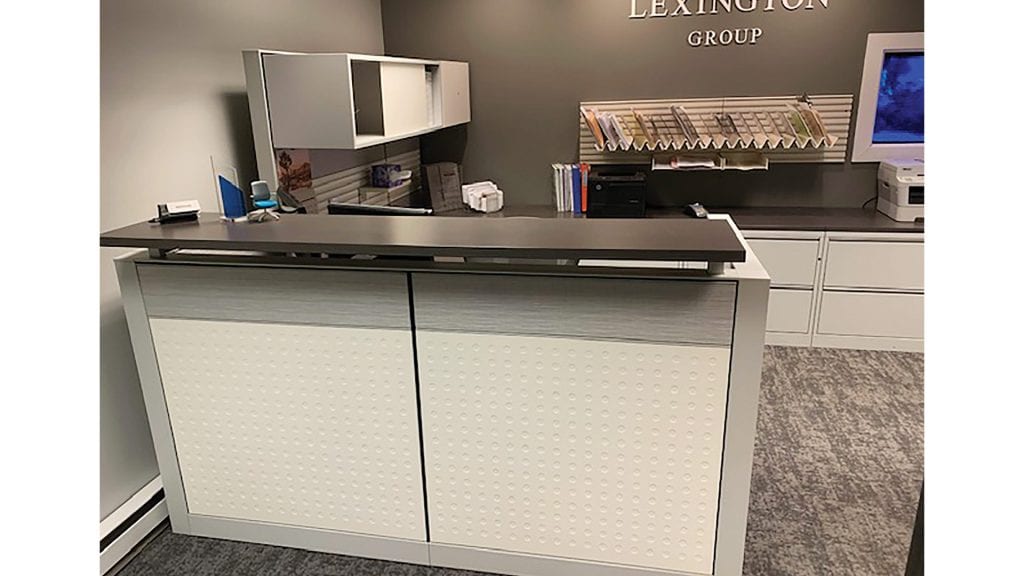
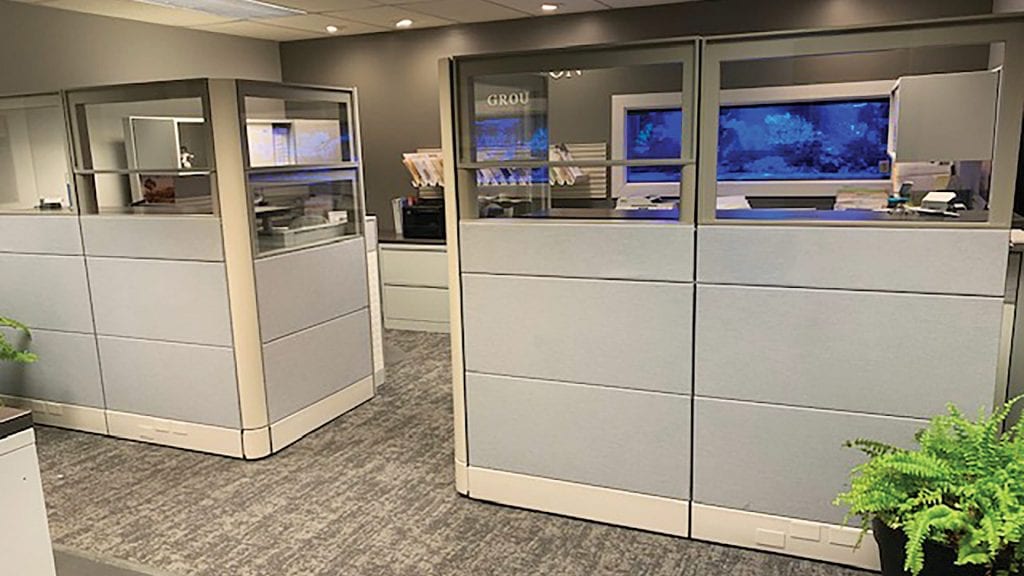
The new workstations in the lobby at Lexington Group contrast sharply with what existed before, and speak volumes about current efforts to keep workers and visitors safe and increase privacy.
What concerns Arnold at this point is what happens when this ‘bubble,’ as he called it, is over and companies, now getting comfortable as employees slowly return to the office, contemplate their future needs, and their footprint.
Indeed, his company is currently working on projects involving leases that were signed months ago. The question is, will new leases be signed?
“I think that, when we get to the middle of the summer, there will be a pretty good slowdown at that point,” he said. “People will see where the economy goes; they’ll want to see how it comes back before they make any big decisions.”
There are already strong signs that some companies will not go back to their former offices, and if they do, they’ll probably do it gradually, with many seeking smaller footprints for fewer employees, which means less office furniture to be sold, said those we spoke with.
Arnold said he’s seeing a lot of this in New York, which is still very much in lockdown mode.
“Initially, people couldn’t wait to get back to work,” he noted. “But at this point, many corporations are taking their time and making decisions. The mentality is that, ‘we’re turning a profit, everyone’s working remotely, everybody’s safe; until we’re really comfortable that we can put them in an environment where we can minimize risk and people can focus on what they do, we’re in no rush to return to the office.’”
Mass transit certainly plays a big role in what’s happening — or not — with people returning to the workplace, he went on, adding quickly that, in many markets, and with businesses across many sectors, the question concerning such returns is increasingly ‘if,’ not ‘when,’ and also ‘how many will return?’
Whether this changes or not in the short or long term is yet another of those questions that are difficult to answer at this juncture.
Again, about the only thing that’s relatively certain is that the past will become prologue when it comes to privacy and how the office might look and feel moving forward.
“Ten years ago, everyone had tall walls, lots of privacy — people had their own space,” said Proshan. “‘Collaboration’ became the buzzword the last few years, and the walls came down, and shared space became the big thing. And while I think people will still have the need to collaborate, I think they’re going to be doing it in a much more enclosed environment.”
Bottom Line
Returning to the place where they started this discussion, Proshan and Arnold said that, while some things are known at this juncture, many more are not. And speculation might not be a fruitful exercise at this point.
“I don’t think there are whole lot of crystal-ball gazers who really know what’s going to shake out from all this,” Proshan said. “No one really knows.”
Arnold concurred. While the focus for now is on privacy and spreading people out, he noted, the landscape may be altered again. “All this can change on a dime if there’s good news about a vaccine or something like that. For now, everyone’s planning like this a year or so off.”
A year seems a long way off in a business where predicting the future is difficult — and has now become much more so.
George O’Brien can be reached at [email protected]



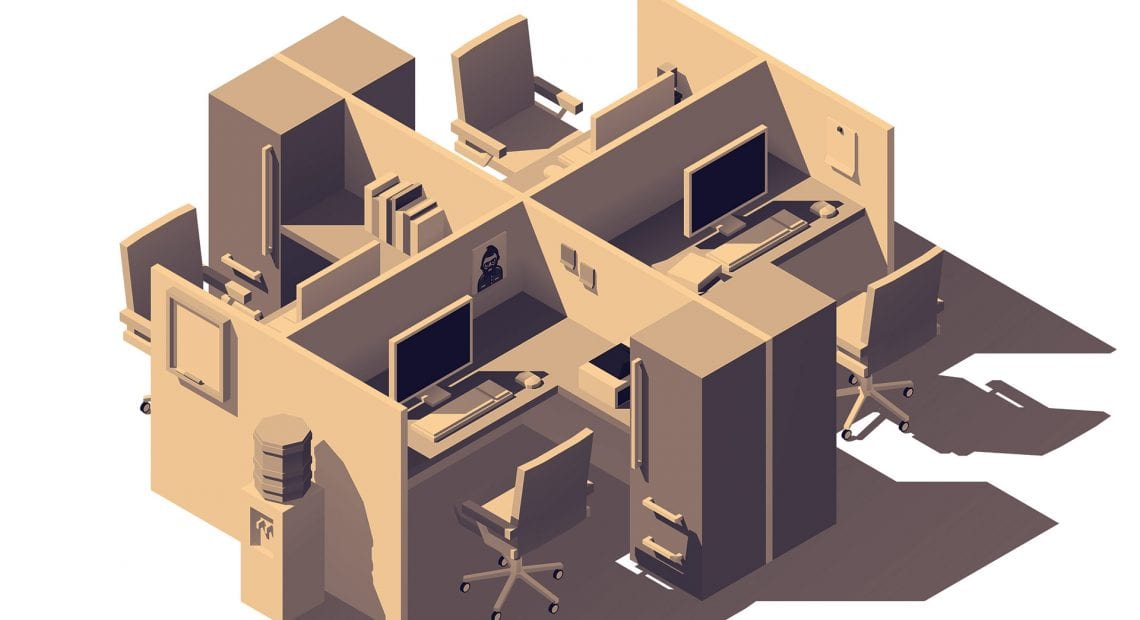

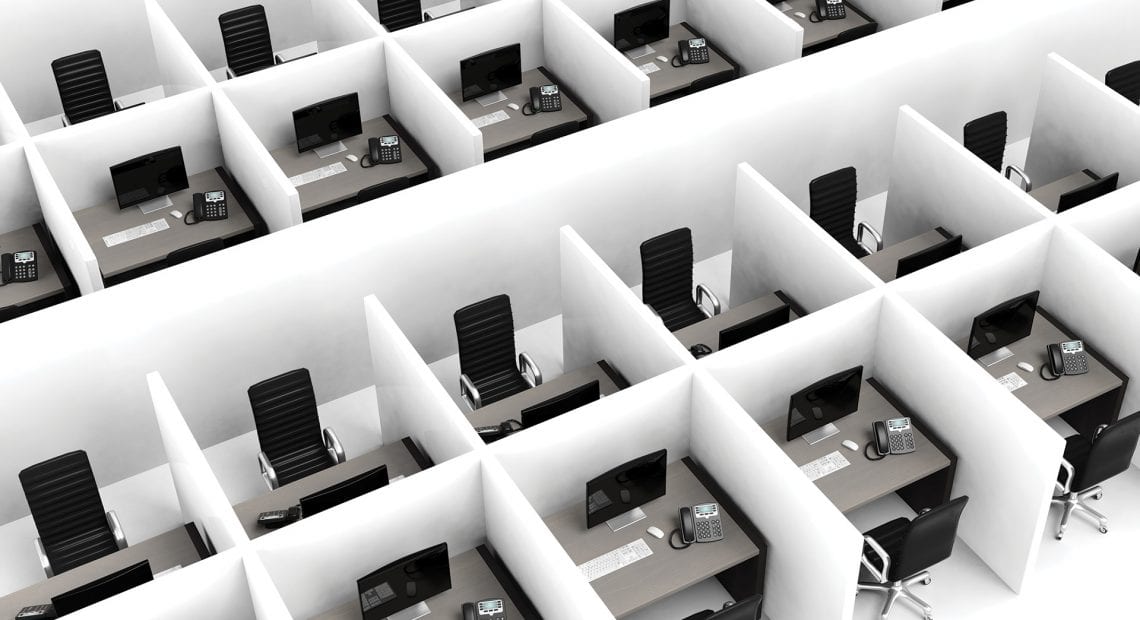
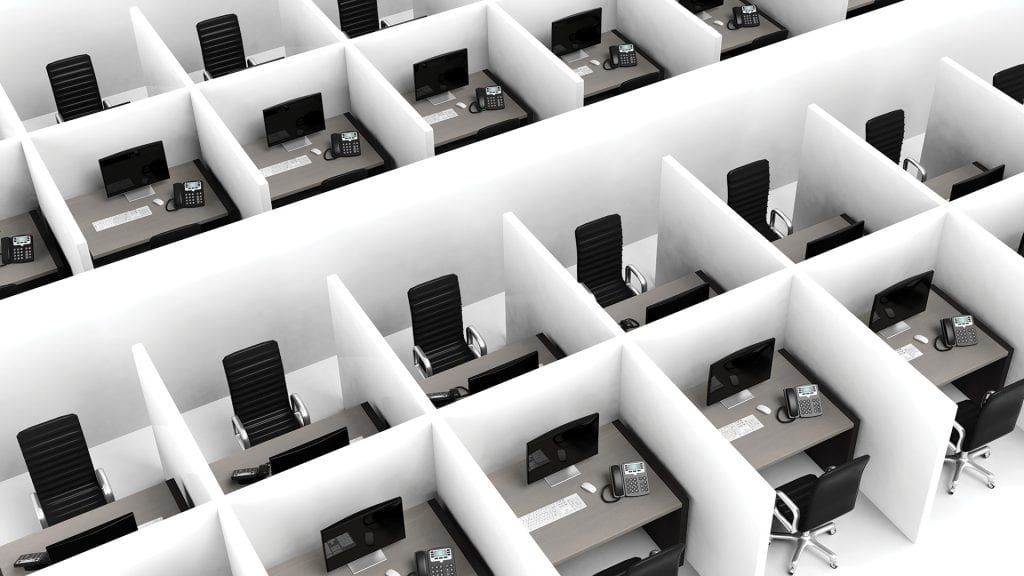
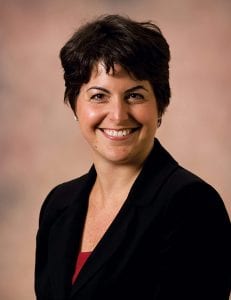
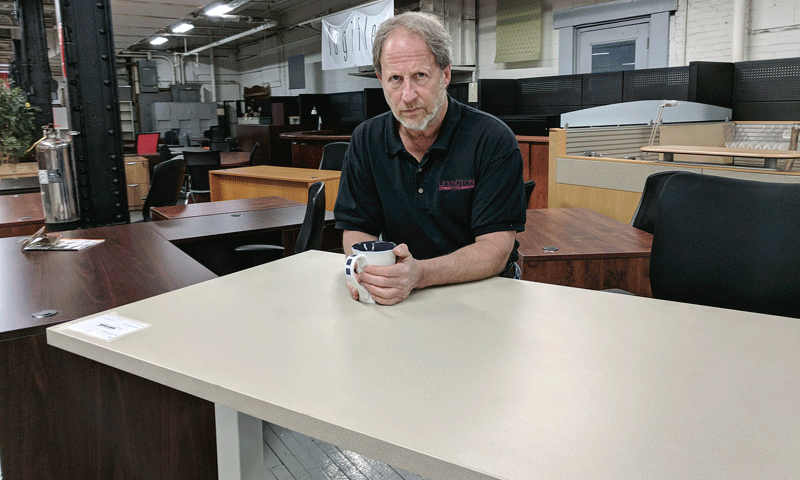
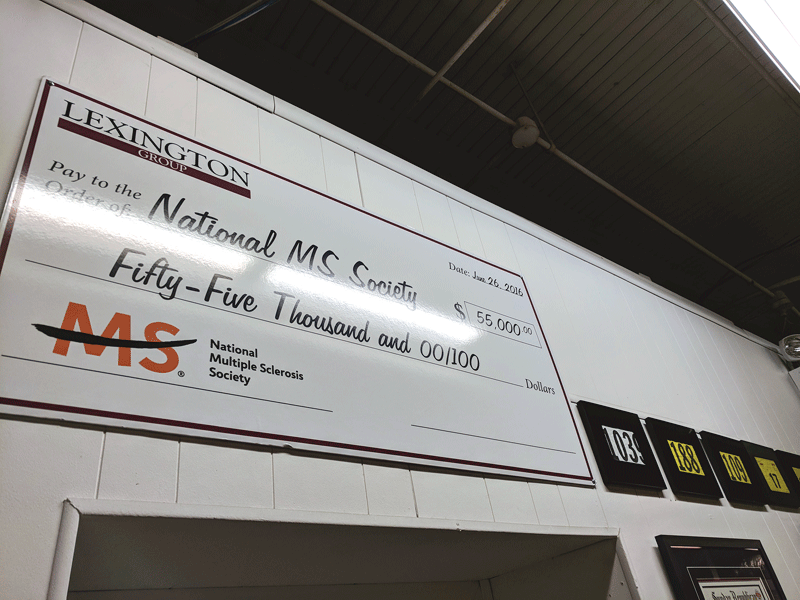
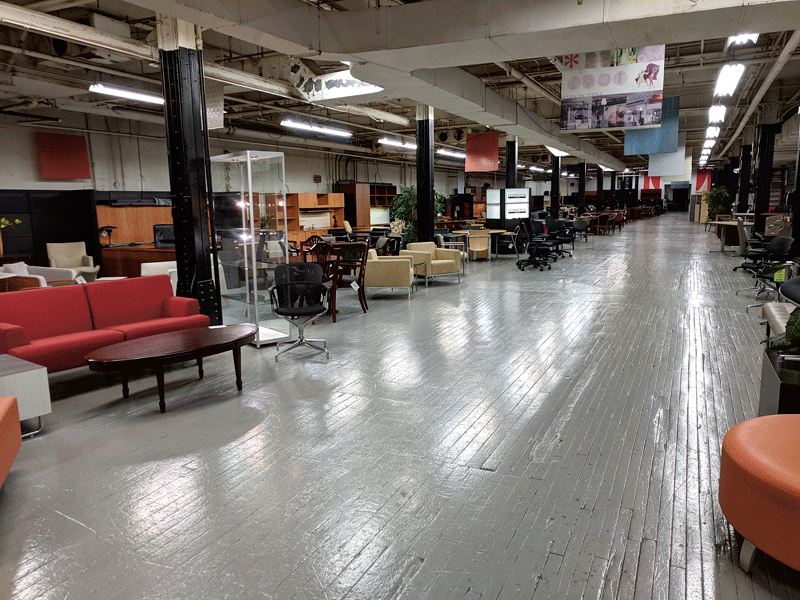

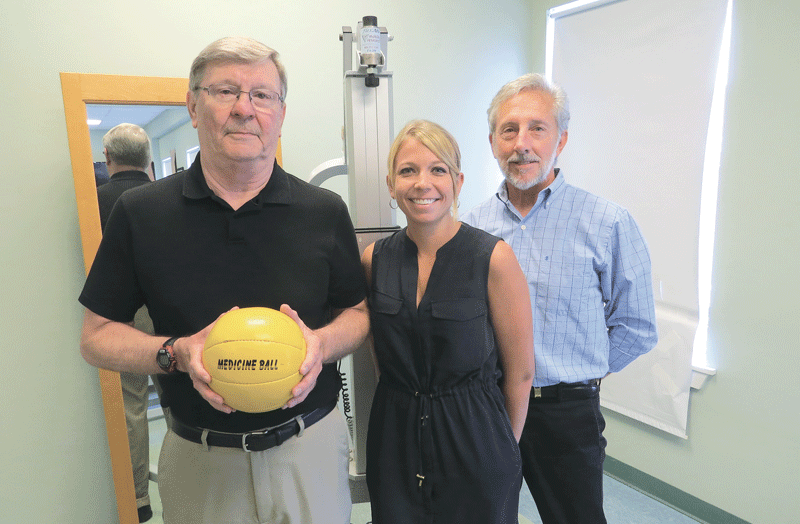
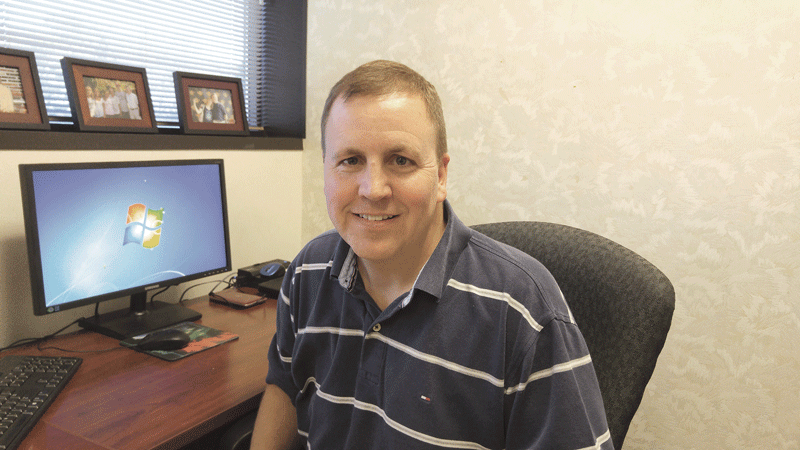
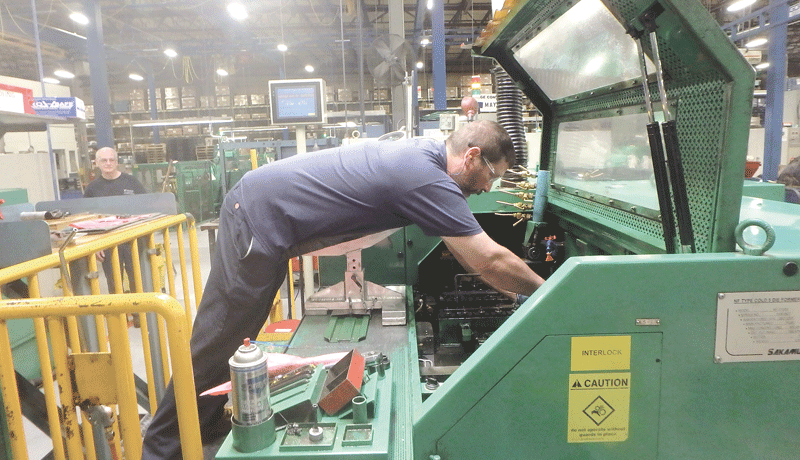
 One of the companies that called was the Springfield office of Merrill Lynch, which was having some issues with new information technology.
One of the companies that called was the Springfield office of Merrill Lynch, which was having some issues with new information technology.


